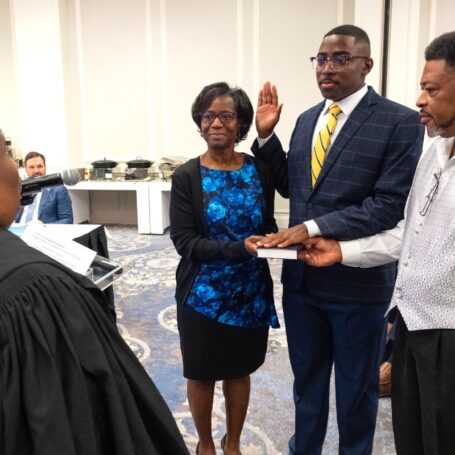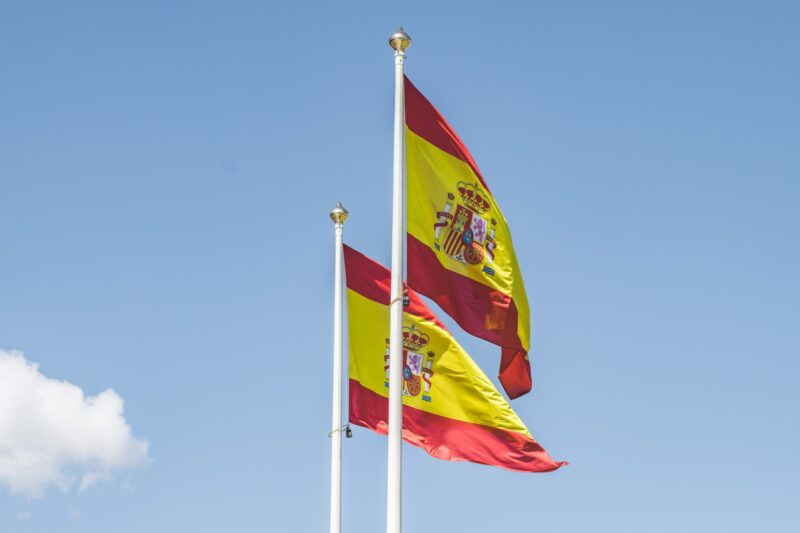 Higher Education Reform
Higher Education Reform Book Excerpt: Fareed Zakaria Defends Liberal Education
In celebration of the 50th anniversary of SAGE (the parent of Social Science Space) at the New York Public Library last week, journalist and author Fareed Zakaria addressed the importance of the humanities and social science to society. Zakaria’s latest book, In Defense of a Liberal Education, tackles those same themes in depth, and in honor of last week’s talk we present an excerpt from that book with the author’s permission.
***
If you want to live a good life these days, you know what you’re supposed to do. Get into college but then drop out. Spend your days learning computer science and your nights coding. Start a technology company and take it public. That’s the new American dream. If you’re not quite that adventurous, you could major in electrical engineering.
What you are not supposed to do is study the liberal arts. Around the world, the idea of a broad-based “liberal” education is closely tied to the United States and its great universities and colleges. But in America itself, a liberal education is out of favor. In an age defined by technology and globalization, everyone is talking about skills-based learning. Politicians, businesspeople, and even many educators see it as the only way for the nation to stay competitive. They urge students to stop dreaming and start thinking practically about the skills they will need in the workplace. An open-ended exploration of knowledge is seen as a road to nowhere.
A classic liberal education has few defenders. Conservatives fume that it is too, well, liberal (though the term has no partisan meaning). Liberals worry it is too elitist. Students wonder what they would do with a degree in psychology. And parents fear that it will cost them their life savings.

Excerpted from In Defense of a Liberal Education by Fareed Zakaria. © 2015 by Kastella Rylestone, LLC. With permission of the publisher, W. W. Norton & Company, Inc.
This growing unease is apparent in the numbers. As college enrollment has grown in recent decades, the percentage of students majoring in subjects like English and philosophy has declined sharply. In 1971, for example, 7.6 percent of all bachelor’s degrees were awarded in English language and literature. By 2012, that number had fallen to 3.0 percent. During the same period, the percentage of business majors in the undergraduate population rose from 13.7 to 20.5.
The great danger facing American higher education is not that too many students are studying the liberal arts. Here are the data. In the 2011–12 academic year, 52 percent of American undergraduates were enrolled in two-year or less-than-two-year colleges, and 48 percent were enrolled in four-year institutions. At two-year colleges, the most popular area of study was health professions and related sciences (23.3 percent). An additional 11.7 percent of students studied business, management, and marketing. At four-year colleges, the pattern was the same. Business led the list of majors, accounting for 18.9 percent of students, and health was second, accounting for 13.4 percent. Another estimate found that only a third of all bachelor’s degree recipients study fields that could be classified as the liberal arts. And only about 1.8 percent of all undergraduates attend classic liberal arts colleges like Amherst, Swarthmore, and Pomona. As you can see, we do not have an oversupply of students studying history, literature, philosophy, or physics and math for that matter. A majority is specializing in fields because they see them as directly related to the job market. It’s true that more Americans need technical training, and all Americans need greater scientific literacy.
But the drumbeat of talk about skills and jobs has not lured people into engineering and biology—not everyone has the aptitude for science—so much as it has made them nervously forsake the humanities and take courses in business and communications. Many of these students might well have been better off taking a richer, deeper set of courses in subjects they found fascinating—and supplementing it, as we all should, with some basic knowledge of computers and math. In any event, what is clear is that the gap in technical training is not being caused by the small percentage of students who choose four-year degrees in the liberal arts. Whatever the facts, the assaults continue and have moved from the realm of rhetoric to action. The governors of Texas, Florida, North Carolina, and Wisconsin have announced that they do not intend to keep subsidizing the liberal arts at state-funded universities. “Is it a vital interest of the state to have more anthropologists?” Florida’s Rick Scott asked. “I don’t think so.” Wisconsin is planning to cut money from subjects that don’t train students for a specific job right out of college. “How many PhDs in philosophy do I need to subsidize?” the radio show host William Bennett asked North Carolina’s Patrick McCrory, a sentiment with which McCrory enthusiastically agreed. (Ironically, Bennett himself has a PhD in philosophy, which appears to have trained him well for his multiple careers in government, media, nonprofits, and the private sector.)
It isn’t only Republicans on the offensive. Everyone’s eager to promote the type of education that might lead directly to a job. In a speech in January 2014, President Barack Obama said, “I promise you, folks can make a lot more, potentially, with skilled manufacturing or the trades than they might with an art history degree.” He later apologized for what he described as a “glib” comment, but Obama has expressed similar sentiments during his presidency. His concern—that in today’s world, college graduates need to focus on the tools that will get them good jobs—is shared by many liberals, as well as conservatives and independents. The irrelevance of a liberal education is an idea that has achieved that rare status in Washington: bipartisan agreement.
The attacks have an effect. There is today a loss of coherence and purpose surrounding the idea of a liberal education. Its proponents are defensive about its virtues, while its opponents are convinced that it is at best an expensive luxury, at worst actively counterproductive. Does it really make sense to study English in the age of apps?
In a sense, the question is un-American. For much of its history, America was distinctive in providing an education to all that was not skills based. In their comprehensive study of education, the Harvard economists Claudia Goldin and Lawrence Katz note that, historically, Britain, France, and Germany tested children at a young age, educated only a few, and put them through a narrow program designed specifically to impart a set of skills thought to be key to their professions. “The American system,” they write, “can be characterized as open, forgiving, lacking universal standards, and having an academic yet practical curriculum.” America did not embrace the European model of specific training and apprenticeships because Americans moved constantly, to new cities, counties, and territories in search of new opportunities. They were not rooted in geographic locations with long-established trades and guilds that offered the only path forward. They were also part of an economy that was new and dynamic, so that technology kept changing the nature of work and with it the requirements for jobs. Few wanted to lock themselves into a single industry for life. Finally, Goldin and Katz argue, while a general education was more expensive than specialized training, the cost for the former was not paid by students or their parents. The United States was the first country to publicly fund mass, general education, first at the secondary-school level and then in college.
Even now, higher education in America is a much broader and richer universe than anywhere else. Today a high school student can go to one of fourteen hundred institutions in the United States that offer a traditional bachelor’s degree, and another fifteen hundred with a more limited course of study. Goldin and Katz point out that on a per capita basis, Britain has only half as many undergraduate institutions and Germany just one-third. Those who seek to reorient U.S. higher education into something more focused and technical should keep in mind that they would be abandoning what has been historically distinctive, even unique, in the American approach to higher education.






















































































